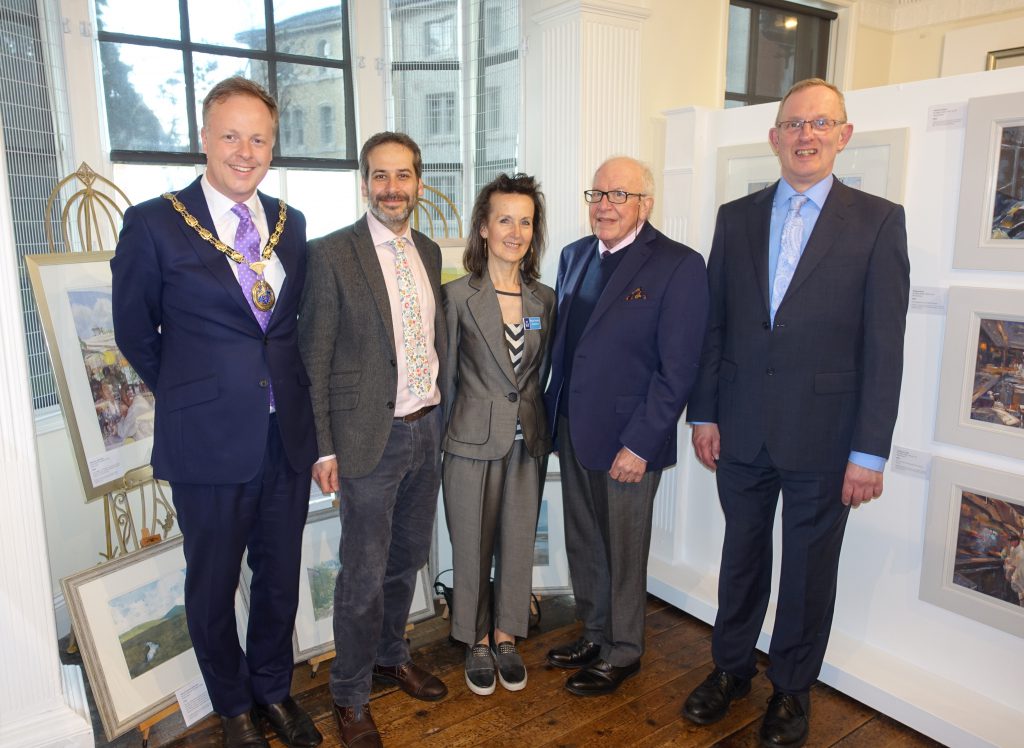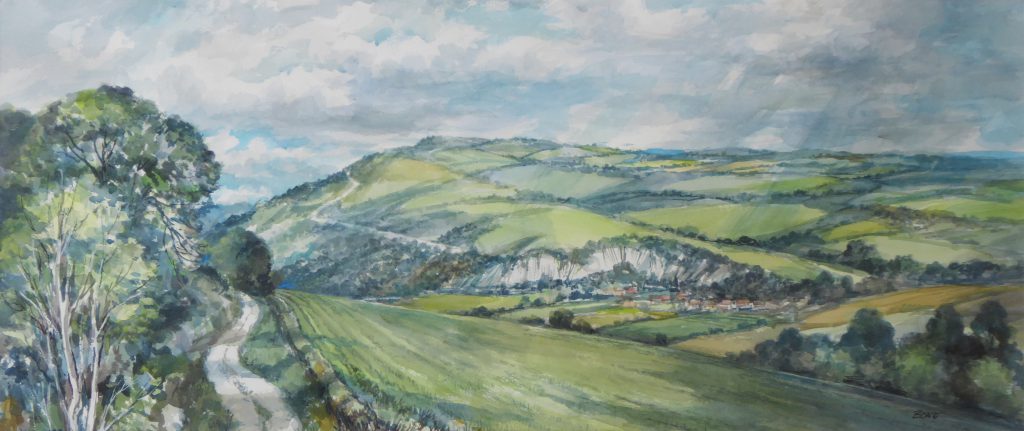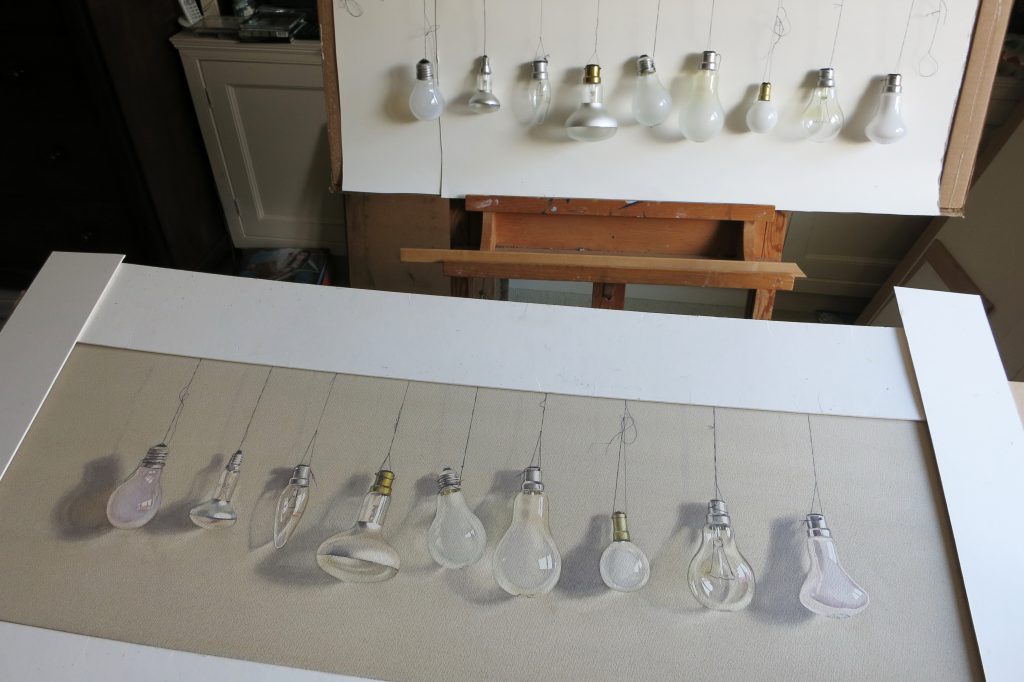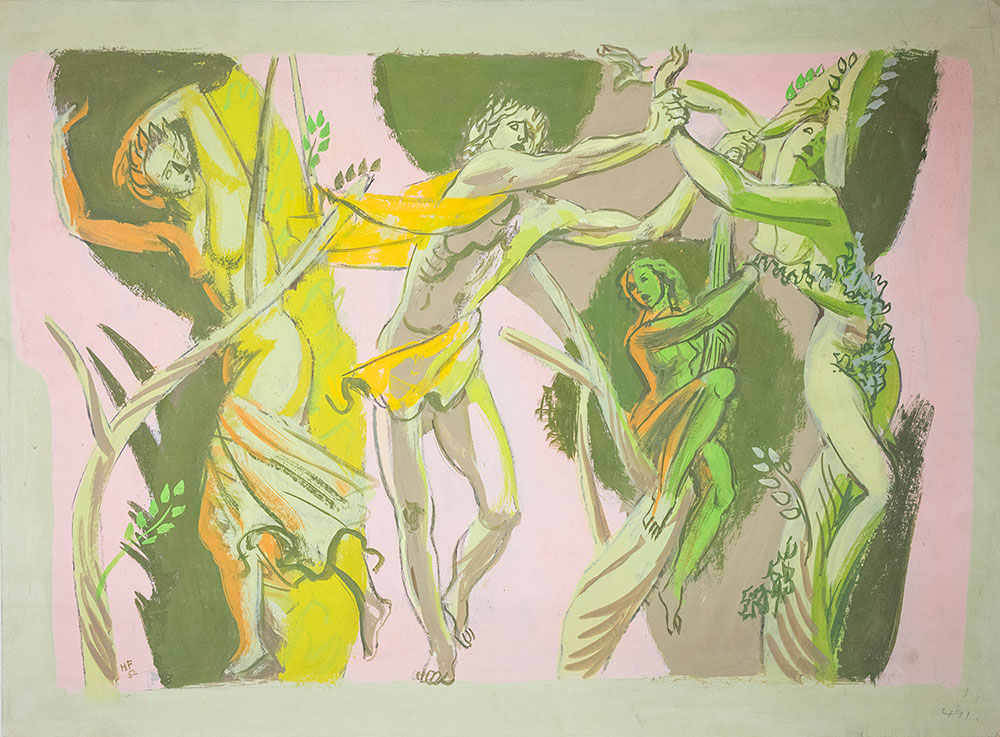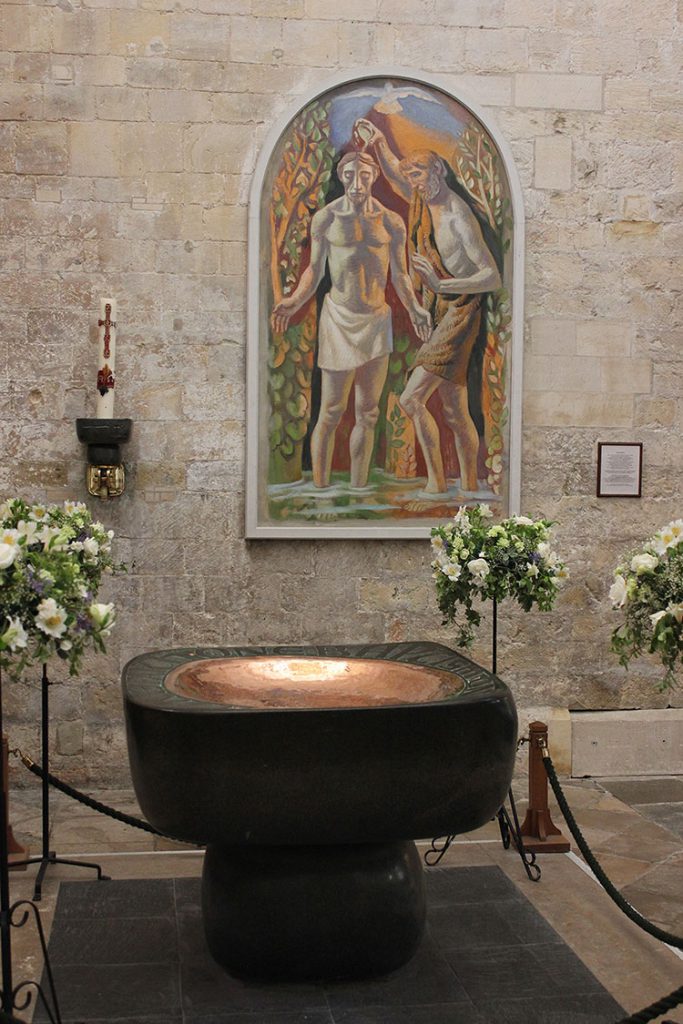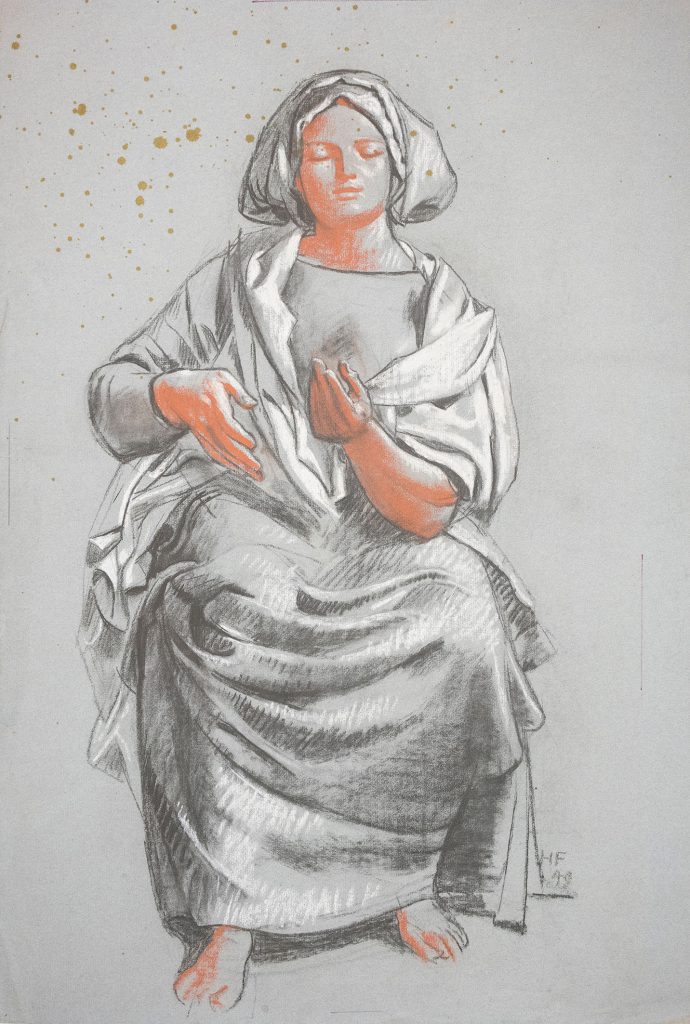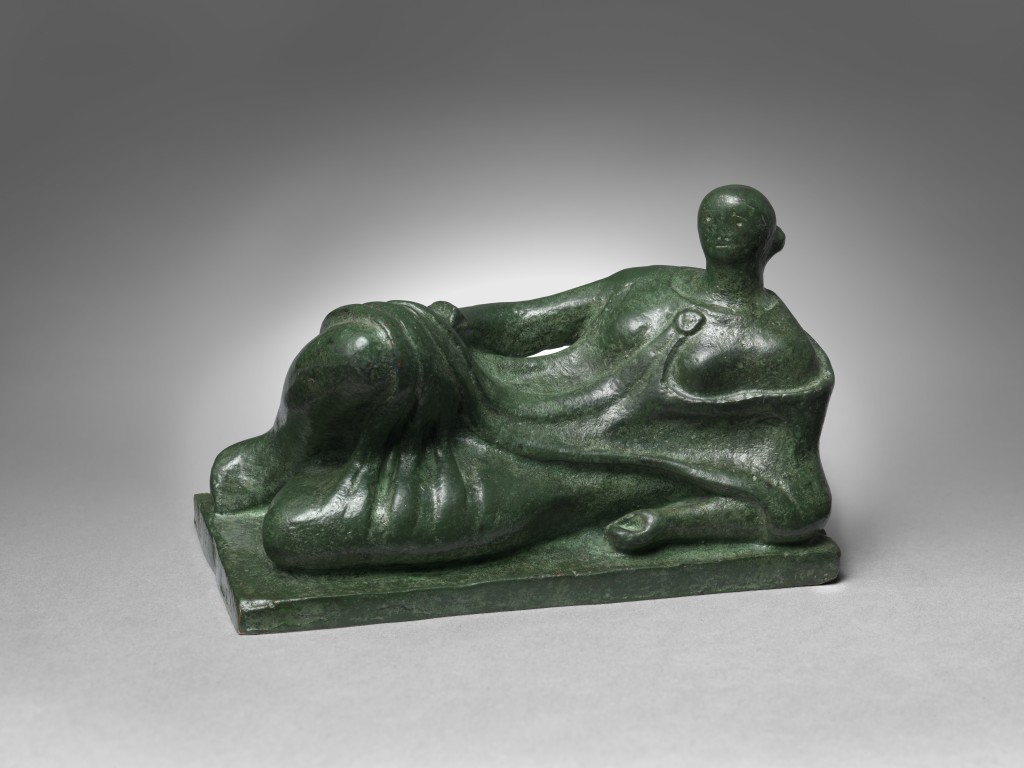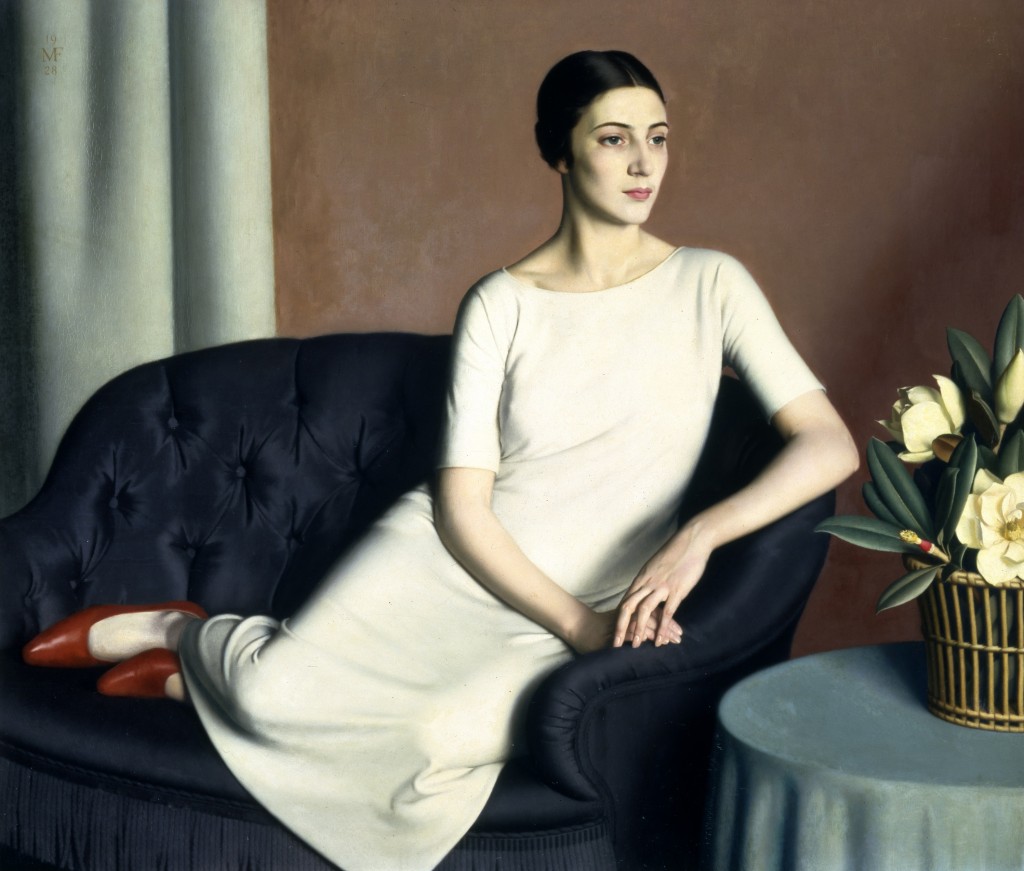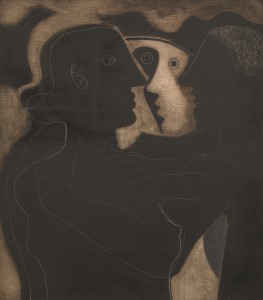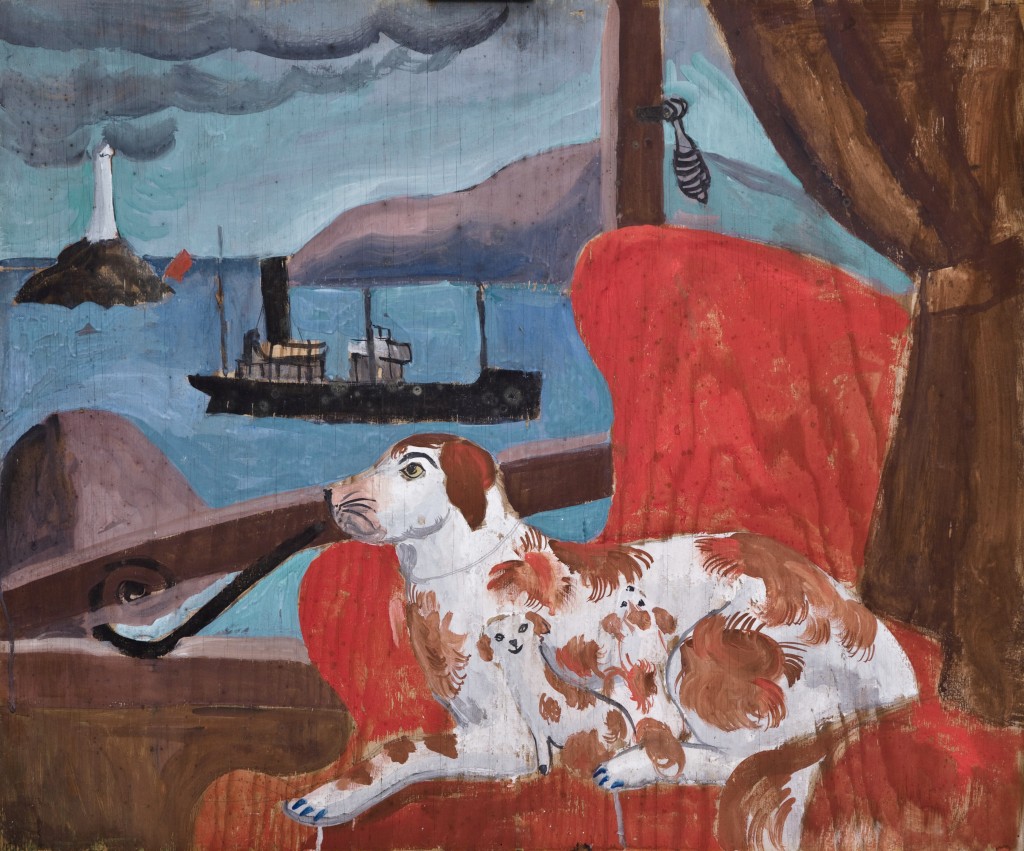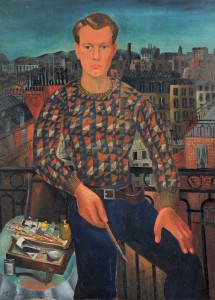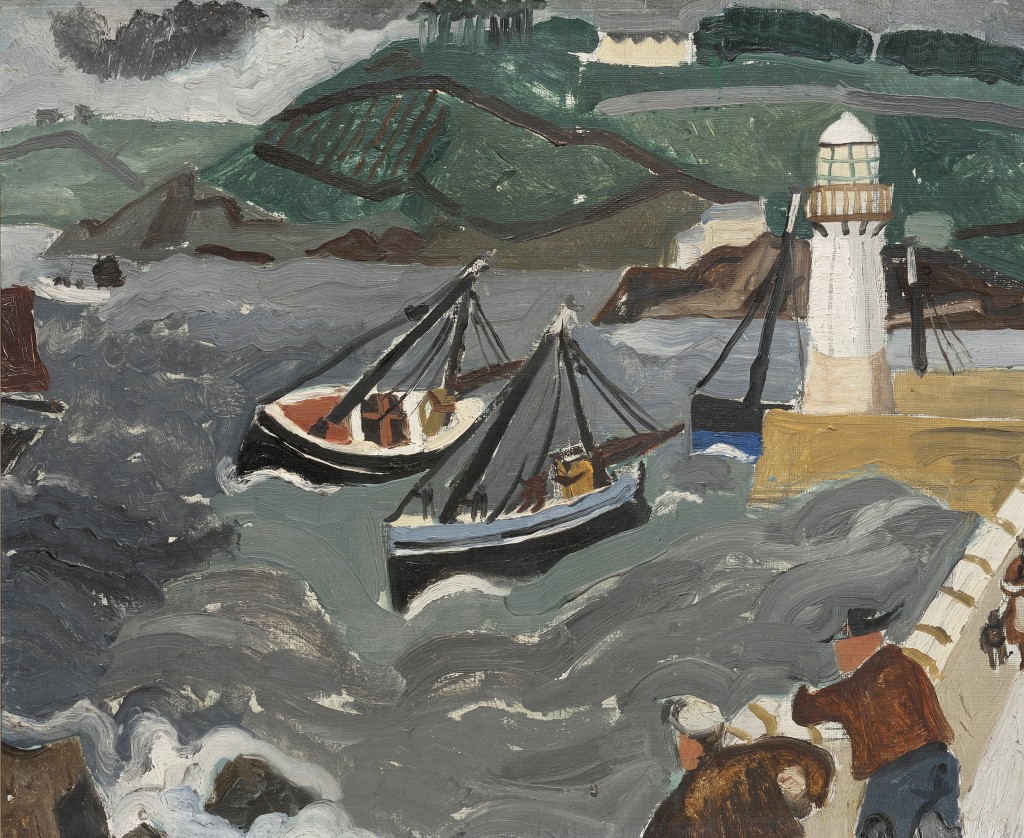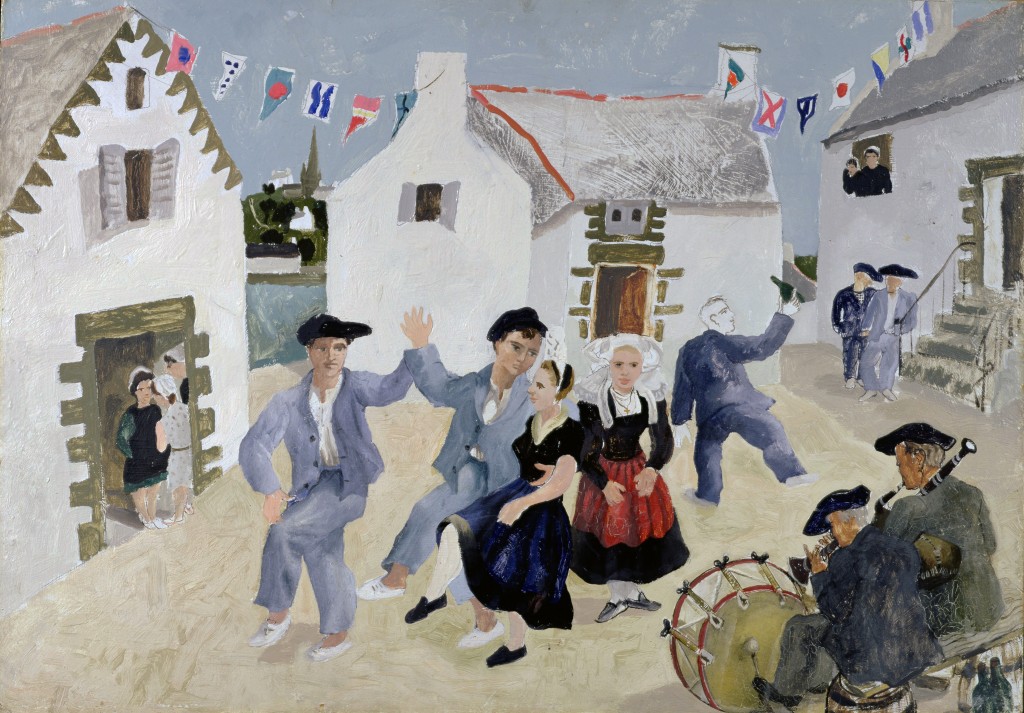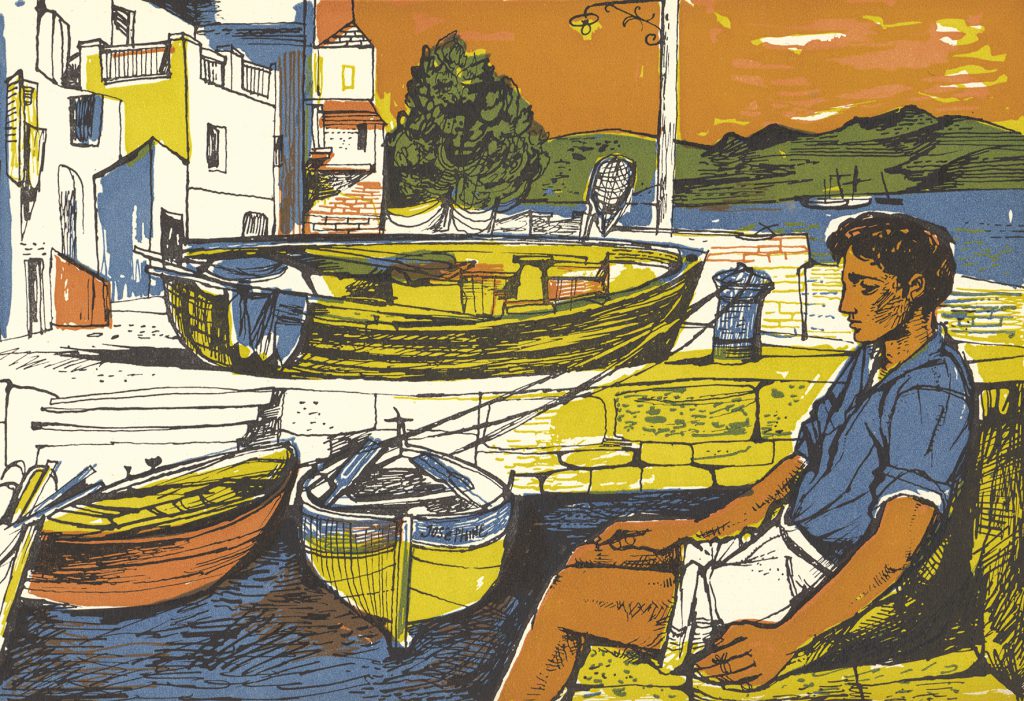
A retrospective of the British Neo-Romantic artist, John Minton, has recently opened at the Pallant House Gallery, Chichester to mark the centenary of the artist’s birth.
The exhibition has been curated by Pallant House Gallery Director, Simon Martin, and art historian and author, Frances Spalding. It highlights how John Minton’s art is inseparably bound up with his life. The work holds in tension what Simon Martin describes as ‘an atmosphere of poetic melancholy [and]…an exuberant joie-de-vivre’. Minton was at once an extrovert at ease in the company of his contemporaries but also suffered from periods of introspective self-doubt. Minton’s sensitivity, self-doubt and introspection are poignantly captured in the portrait of him by his friend Lucien Freud. Freud’s portrait is one of the highlights of the show.
John Minton was part of a group of British Neo-Romantic artists. He is perhaps best remembered as the illustrator of Elizabeth David’s revolutionary cookery books on French and Mediterranean cuisine. Minton gave post-war austerity Britain a glimpse of the foreign and exotic through his illustrations and paintings. Take for example the beautifully conceived illustration for Alan Ross’ Corsican travel memoir, Time Was Away. It depicts a contemplative male figure seated on a quay. The artist draws the viewer’s eye beyond the introspective youth to the boats and town beyond. These vignettes are united within the composition by the bold use of light and colour.
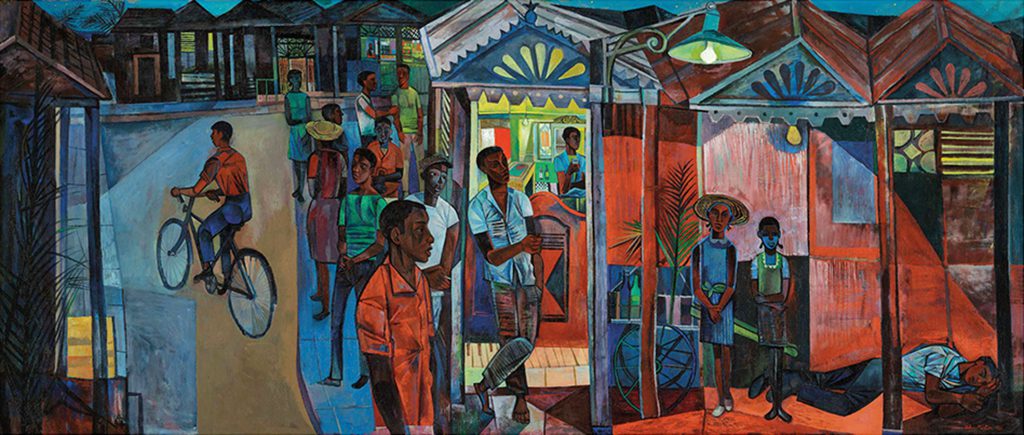
Jamaican Village has not been seen since it was exhibited at the Royal Academy in 1951. The heat of the Jamaican night is richly articulated in the artist’s use of colour. John Minton explained that in this painting he sought to give a sense of disquiet in response to something unknown and impending. This large decorative canvas is certainly atmospheric but lacks this sense of foreboding. There is however a stillness and poignancy to the silent figures caught up in their own thoughts as they stand framed by the moonlight and electric lights.
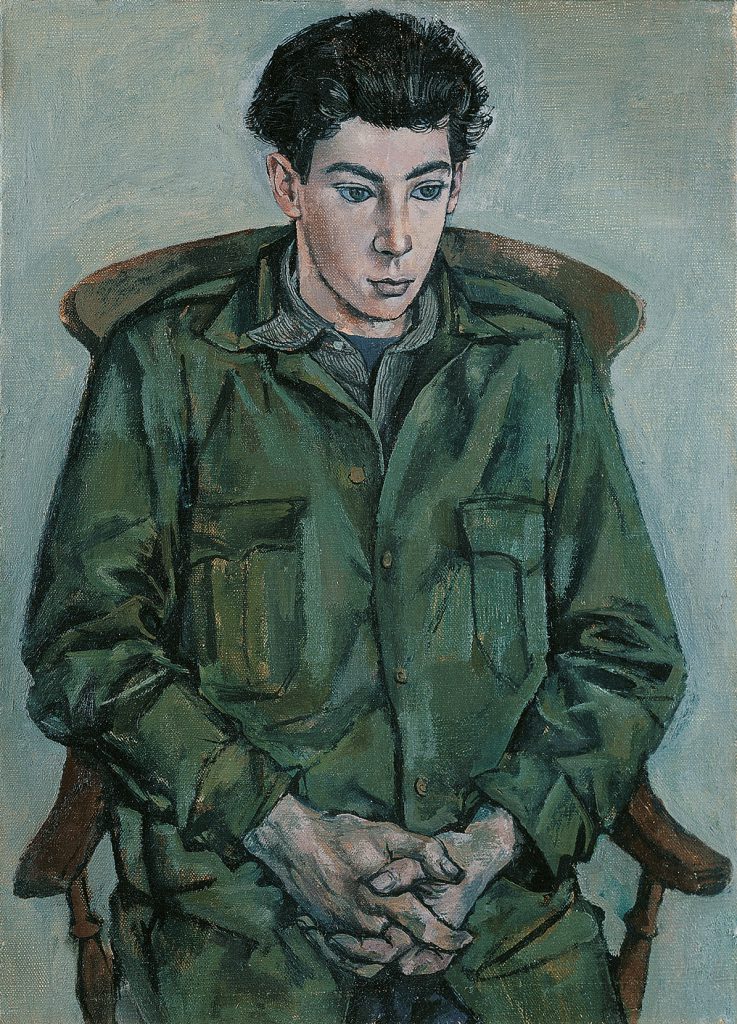
The beauty, strength and vulnerability in John Minton’s portraits reflects something of the artist’s character and life. In a period when homosexuality was not accepted by British society Minton’s sexuality, at times, left him conflicted. This tension is reflected in many of his paintings and especially his portraits. His study of the artist David Tindle illustrates this and is filled with poetic melancholy and emotional intensity. Minton would tragically commit suicide in 1957 at the age of just thirty-nine, the same year as the Wolfenden Report was published recommending the decriminalisation of homosexuality.
John Minton’s work displays an emotional intensity born out of the contradicting stresses between his often vivid social life and his introspection and self-doubt. I am delighted that Toovey’s and De’Longhi are amongst the headline sponsors of this timely exhibition. John Minton: A Centenary runs at the Pallant House Gallery, Chichester throughout the summer until 1st October 2017.
By Rupert Toovey, a senior director of Toovey’s, the leading fine art auction house in West Sussex, based on the A24 at Washington. Originally published in the West Sussex Gazette.
